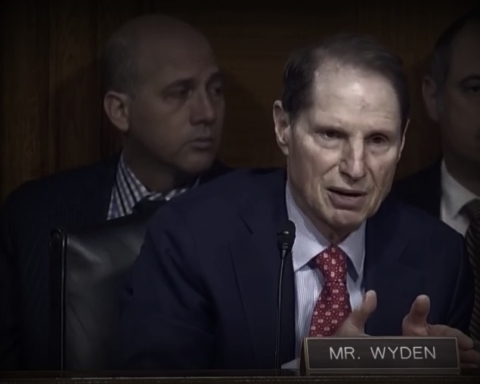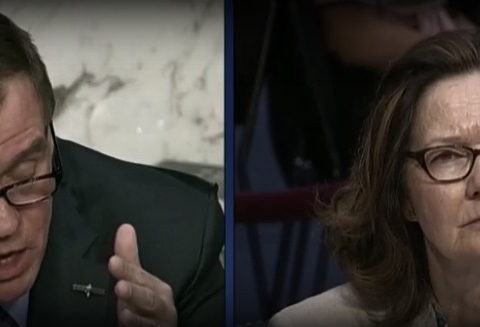A Justice Department report released on Tuesday added additional details to the ongoing debate over police use of force in communities across America.
The Bureau of Justice Statistics study, based on a semi-annual survey it last conducted in 2013, chronicled how widely certain methods of combat and surveillance tactics are used by local cops in the US.
Among the more noteworthy findings published Tuesday: since the last comparable BJS survey was conducted in 2007, the use of “less lethal” energy weapons increased significantly. In 2013, local authorities granted 81 percent of their police departments a mandate to use “concerted energy weapons”–tasers and stun guns. The increase was caused by developments in cities with less than 250,000 residents. Six years ago, only 60 percent of America’s police forces were granted the authority to carry so-called CEWs. In 2000, that ratio was at seven percent.
Another notable datapoint in the report: more than 4 in 10 of the police forces in America’s largest cities allowed officers to use “neck restraints” when grappling with suspects.
The attention on how police approach necks in hand-to-hand comment became a heated issue in the US in the summer of 2013, after a black Staten Island father of six named Eric Garner was choked to death by New York City Police Officer Daniel Pantaleo while an onlooker filmed the killing. In December, a grand jury in Staten Island refused to indict Pantaleo. Garner’s last words, “I can’t breathe,” became a slogan for demonstrations against the decision and at protests against police brutality throughout the country.
Police departments in some of America’s smaller cities appear to have concluded that permitting officers to engage with a suspect’s neck is ill-advised. The ratio of cities with a population between 500,000 and one million people that allow police-administered “neck restraints” fell dramatically, to three percent from 29 percent, between 2007 and 2013, according to BJS.
Overall, the number of all police departments that permitted the tactic increased, from 15 percent to 18 percent. The percentage of cops given the okay to target necks in cities with over 1 million residents actually fell slightly, to 43 percent from 46 percent.
BJS for the first time also noted how frequently permission is granted for newer types of surveillance technologies to be used. Three-quarters of cities with over 100,000 residents allowed their police departments to use license plate readers, and cops in seven percent of cities with over 1,000,000 inhabitants were said by BJS to have used drones. “Small percentages of departments in each population category of 50,000 or more reported using unmanned aerial vehicles,” the report published Tuesday said.
“More than 90% of the departments serving 50,000 or more residents used social media,” BJS also noted. “Departments using social media were more likely to report using Facebook (75%) than Twitter (24%) or YouTube (10%).”






